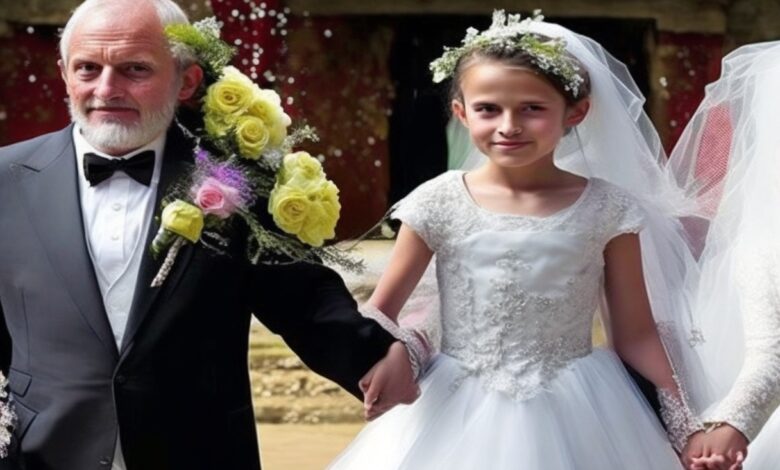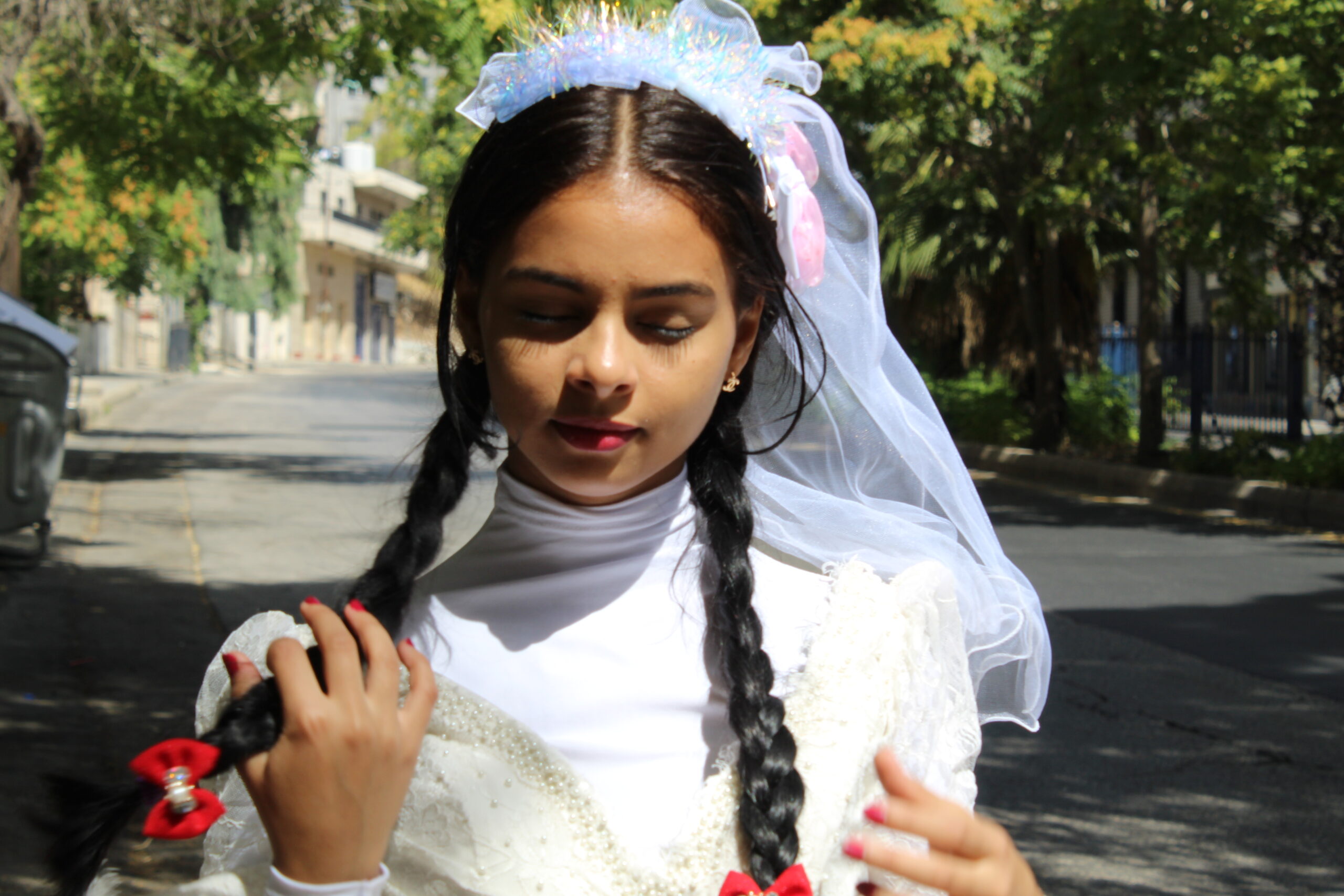The Disturbing Reality: Child Marriage Persists in India

Child marriage refers to the union of two individuals, one or both of whom are below the legal age of 18. Despite the legal age for marriage being 18 for females and 21 for males, child marriage persists in many regions of India. Factors such as poverty, lack of education, and gender inequality contribute to the perpetuation of this harmful practice.
Forced child marriages result in numerous negative consequences for the young individuals involved. Girls are particularly affected, as they are often forced to drop out of school, limiting their educational and economic opportunities. They are also at a higher risk of experiencing domestic violence, early pregnancy, and childbirth complications – factors that further perpetuate the cycle of poverty and inequality.
To address child marriage in India, it is crucial to emphasize the importance of education, especially for girls. By empowering girls through education, they are more likely to delay marriage and pursue careers, consequently breaking the cycle of poverty. Additionally, raising awareness about the legal age for marriage and the adverse effects of child marriage is essential in tackling this issue.
Government intervention is vital in implementing policies and legislation that protect children from the dangers of child marriage. Strict enforcement of existing laws, as well as the establishment of support systems for child marriage victims, is necessary to eradicate this harmful practice from society. Engaging with local communities, religious leaders, and stakeholders can help change societal norms and attitudes towards child marriage.
NGOs and grassroots organizations also play a crucial role in the fight against child marriage in India. These organizations provide important support and resources to victims of child marriage, offering access to education, healthcare, and legal assistance. By working closely with communities and local authorities, NGOs can mobilize efforts to prevent child marriages and support those affected.
One success story comes from the state of Rajasthan, which has seen a decrease in child marriage rates due to the efforts of government programs and NGOs. By utilizing community involvement and awareness campaigns, Rajasthan has been able to successfully address this issue and protect the rights of children.
In conclusion, the issue of child marriage in India persists despite legal restrictions. To combat this deeply rooted problem, education and awareness play key roles. Empowering girls through education, enforcing existing laws, and engaging with local communities are all vital steps in the fight against child marriage. By working together, we can ensure a brighter future for the millions of children who continue to be affected by this harmful practice.
Human right activist
Nada Foundation




